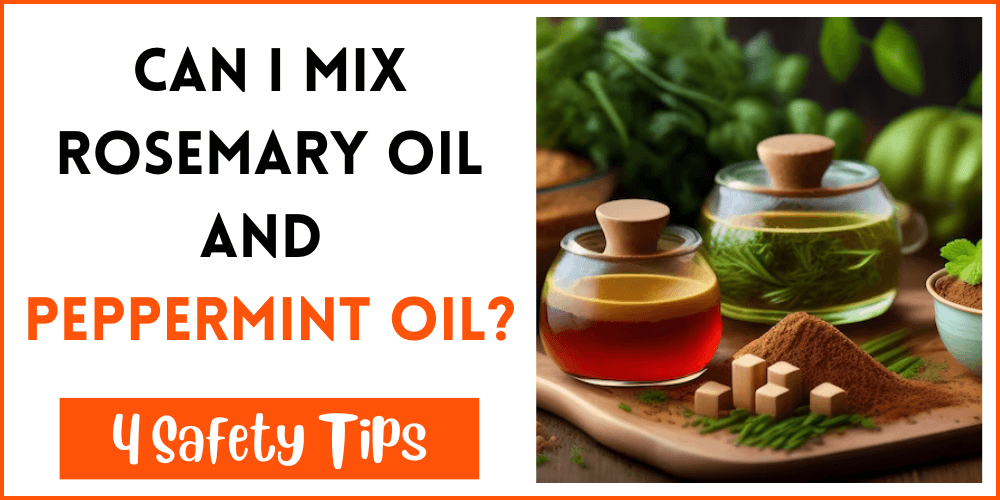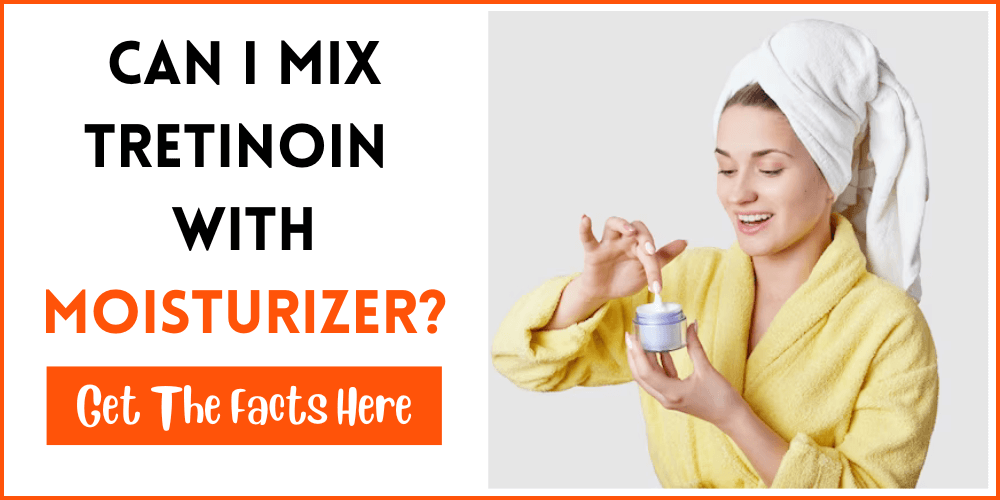

Assuming you’ve wandered into the universe of natural ointments. You’ve known about the advantages of both rosemary oil and peppermint oil. These sweet-smelling extricates are famous for their magnificent fragrances. As well as for their likely wellness and health properties. But Can I Mix Rosemary Oil And Peppermint Oil? In this comprehensive guide, we’ll explore the profiles of these essential oils, safety precautions, how to mix them, and even provide you with some fantastic blends and recipes.
Can I Mix Rosemary Oil And Peppermint Oil?
Before we delve into Can I Mix Rosemary Oil And Peppermint Oil? Let’s get to know rosemary and peppermint oil a bit better.
Rosemary Oil
- Botanical Name: Rosmarinus officinalis
- Aroma: Herbaceous, woody, and medicinal
- Benefits: Rosemary oil is much of the time used to help memory. Further develop the center, reduce pressure, and animate hair development. It’s likewise known for its antimicrobial properties.
Peppermint Oil
- Botanical Name: Mentha piperita
- Aroma: New, minty, and animating
- Benefits: Peppermint oil is esteemed for its capacity to lighten migraines, reduce stomach-related issues, diminish muscle and joint agony, and lift energy. Its cooling impact is likewise appreciated.
Safety Precautions
Natural balms are strong substances and ought to be maneuvered. Here are some wellbeing safety measures to remember while working with rosemary and peppermint oils:
- Dilution: Weaken rejuvenating balms before applying them to the skin. A common rule is to use a transporter oil, for example, coconut or almond oil, to weaken the natural balm. A suggested proportion is around 2-3 drops of natural balm per teaspoon of transporter oil.
- Patch Test: Before using any essential oil blend on a larger area of your skin, perform a patch test. Apply a small amount of the diluted mixture to your inner forearm and wait for 24 hours to check for any adverse reactions.
- Avoid Contact with Eyes: Essential oils should never come in contact with your eyes. If accidental contact occurs, flush your eyes with a carrier oil and seek medical attention if irritation persists.
- Pregnancy and Children: Pregnant ladies and small kids ought to use natural balms with alertness. A few oils may not be reasonable for them, so talk with a medical services professional before utilizing them.
Mixing Essential Oils
Creating your essential oil blends can be a rewarding and aromatic experience. Here is a bit-by-bit guide on the most proficient method to blend rosemary and peppermint oils:
- Choose Your Blend Purpose: Determine why you want to mix these oils. Are you aiming for relaxation, mental clarity, or a rejuvenating massage? Your intent will guide your oil selection.
- Select a Carrier Oil: Choose a carrier oil that complements your goals. Some popular choices include jojoba, almond, and coconut oil. The carrier oil acts as a base for your essential oils.
- Dilution Ratio: For most purposes, a 2-3% dilution is adequate. This means using 2-3 drops of essential oil per teaspoon of carrier oil. For a massage blend, a 1% dilution is usually enough.
- Mixing: In a clean glass container, combine the chosen carrier oil with the desired number of drops of rosemary and peppermint oils. You can start with equal parts of each or adjust the ratio to your preference. Remember that peppermint oil is potent, so use it if you’re sensitive to its cooling effect.
Related Guides:
Can I Mix Rosemary Oil And Peppermint Oil For Hair?
Rosemary and peppermint oils are known for their potential to stimulate hair growth and improve scalp health. The combination of these two oils can create a powerful hair care blend. To use, blend a couple of drops of each oil with a transporter oil like coconut or jojoba, and knead the combination into your scalp. Leave it on for somewhere around 30 minutes, then wash your hair not. Regular use can promote thicker, healthier hair.
What Are Rosemary And Peppermint Oil Used For?
Rosemary and peppermint oils offer a wide range of benefits:
- Rosemary Oil: It is utilized to upgrade memory and fixation, and lessen pressure. Advanced hair development, and as a characteristic antimicrobial specialist.
- Peppermint Oil: Peppermint oil is esteemed for its capacity to ease migraines. Calm stomach-related inconveniences, lighten muscle and joint agony and give an empowering explosion of energy.
Which Oil Is Best To Mix With Rosemary Oil?
The choice of carrier oil depends on your intended use. Here are some popular carrier oils for mixing with rosemary oil:
- Jojoba Oil: It looks like the skin’s normal oils and is appropriate for back rub and skincare mixes.
- Coconut Oil: Known for its supporting and saturating properties, it’s a superb decision for hair care mixes.
- Sweet Almond Oil: A flexible transporter oil reasonable for most medicinal oil mixes.
What Not To Do With Rosemary Oil?
While rosemary oil has many benefits, there are a few things to avoid:
- Oral Consumption: Do not ingest rosemary oil without consulting a qualified aromatherapist or healthcare professional. Ingesting essential oils can be harmful.
- Undiluted Application: Avoid applying undiluted rosemary oil to your skin, as it may irritate. Always dilute it with carrier oil.
- Excessive Use: Like any essential oil, moderation is key. Excessive use of rosemary oil can lead to skin sensitivity or other adverse reactions.
Final Thoughts:
Blending rosemary oil and peppermint oil can be a magnificent and valuable experience when finished with care and thought. Can I Mix Rosemary Oil And Peppermint Oil? These two rejuvenating balms, with their one-of-a-kind qualities, can be joined to make tweaked mixes for many purposes, from unwinding to hair care. As you leave on your excursion into the universe of natural oils. Make sure to focus on security and stick to appropriate weakening practices.
Sources:
- By Elizabeth Peek, Is it okay to mix rosemary oil and peppermint oil together? posted on Jun 14, 2023



